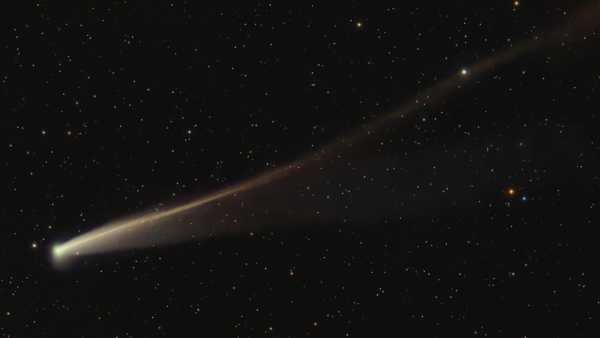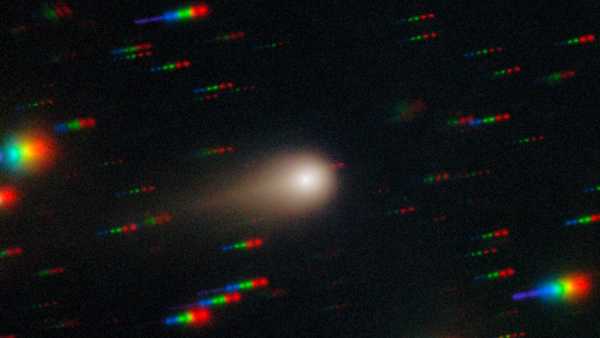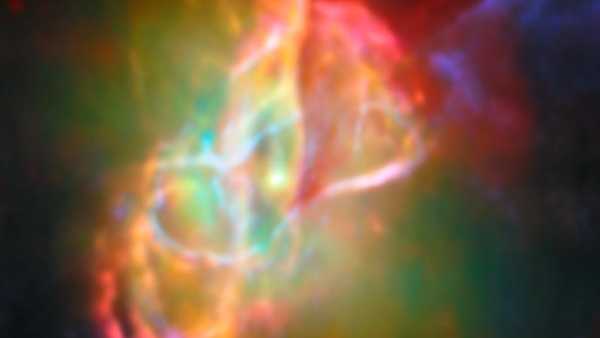
The Butterfly Nebula, photographed by the James Webb Observatory
(Photo: ESA/Webb, NASA and CSA, M. Matsuura, ALMA (ESO/NAOJ/NRAO), N. Hirano, M. Zamani (ESA/Webb))
Farewell, feathered inhabitants of space – the James Webb telescope has switched from ornithology to entomology, as confirmed by a stunning new image of the Butterfly Nebula.
The Butterfly Nebula (officially NGC 6302), located about 3,400 light-years away toward the constellation Scorpius, is the final chord of a fading star. At its heart lies one of the hottest white dwarfs in the Milky Way, the remnant of a sun-like star whose temperature exceeds 220,000 kelvins (about 400,000°F). As the star gradually completes its life cycle, it ejects its outer shells, forming two petals of ionized gas that resemble the glowing “wings” of a butterfly.
Previously, the object was studied by the Hubble Space Telescope, which recorded the structure of gas wings and a bright core. However, infrared observations by JWST revealed new details: the clear outline of the central star, a ring-shaped dust cloud around it, and energy flows rushing into space.
You may be interested in
-
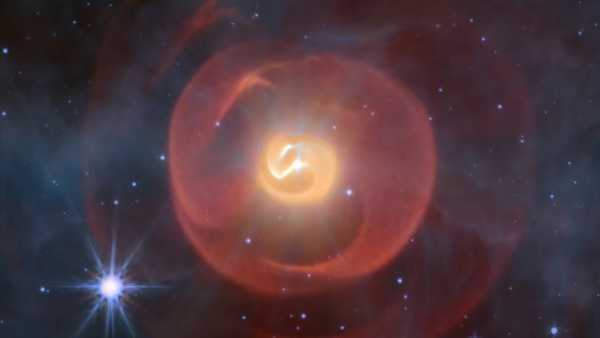
Webb Observatory Uncovers Secrets of Dying Star Binary System
-
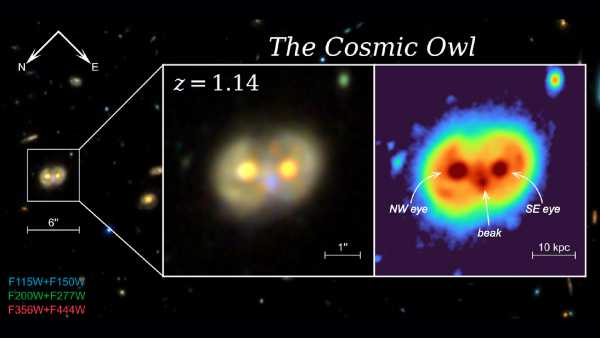
Unexpected Find: JWST Captures Rare 'Space Owl'
-
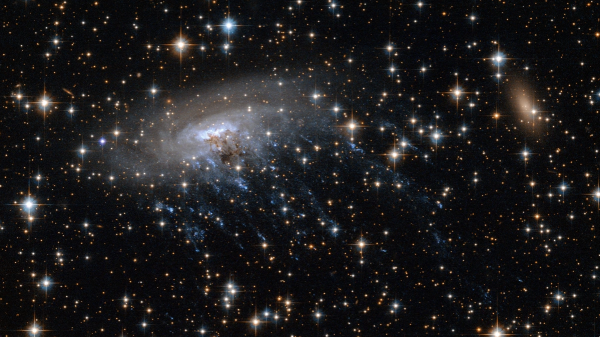
JWST Discovers 'Jellyfish' Galaxy With Gas Tentacles Deep in Space
JWST research not only expands our knowledge of stellar evolution, but also helps scientists study the redistribution of materials that form Earth-like planets.
“This discovery represents a significant advance in understanding the origins of planetary materials,” said Mikako Matsuura, an astrophysicist at Cardiff University. “We were able to identify both cold crystalline structures in stable zones and high-temperature compounds in dynamic regions, all within a single cosmic object.”

Comparison of images of NGC 6302: optical images from Hubble (left and center) and infrared image from JWST.
NGC 6302 is classified as a planetary nebula, a historical name given to its resemblance to the disks of planets seen in early telescopes. In reality, it is the dramatic end of a star ending its life cycle.
RELATED MATERIALS
— JWST has recorded anomalies in the behavior of the interstellar comet 3I/ATLAS.
— Webb Observatory discovers 300 mysterious glowing objects: galaxies or something else?
— JWST Tracks Source of Brightest Fast Radio Burst Ever Recorded
When massive stars die, heavy elements are synthesized in their cores and dispersed into space. JWST analysis found quartz, iron, nickel, and polycyclic aromatic hydrocarbons in the nebula.
Scientists suggest that these compounds are formed by the interaction of stellar wind with surrounding gas. Such particles may in the future form the basis for the formation of solid planets.
The results of the study were published on August 27 in the Monthly Notices of the Royal Astronomical Society.
TAGS James Webb Space Telescope

Brandon SpectorEditor of Popular Science Content
Brandon leads the Space/Physics team at Live Science. His work has appeared in The Washington Post, Reader's Digest, CBS.com, and more. He graduated from the University of Arizona with a degree in Creative Writing and a minor in Science Journalism. His main interests include astrophysics, Earth science, and the mysteries of the universe.
You must confirm your display name before posting a comment.
Please sign in again to continue.
Exit Read more

Webb Observatory Uncovers Secrets of Dying Star Binary System
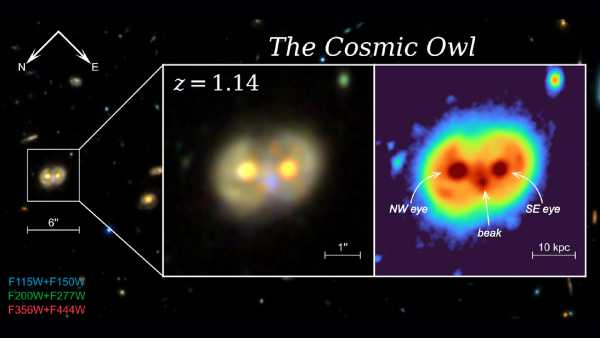
Unexpected Find: JWST Captures Rare 'Space Owl'
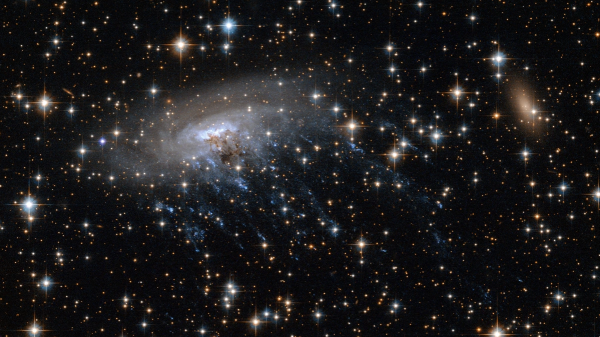
JWST Discovers 'Jellyfish' Galaxy With Gas Tentacles Deep in Space
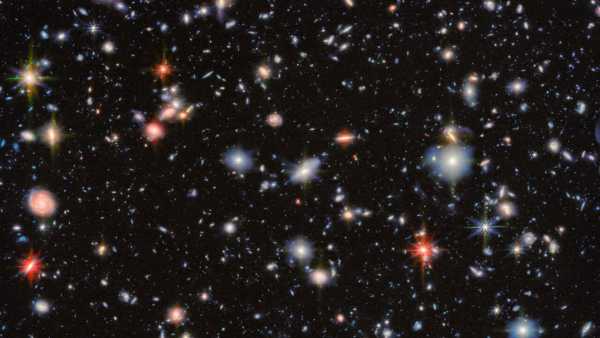
JWST Creates One of the Deepest Cosmic Portraits Ever — Photo of the Week
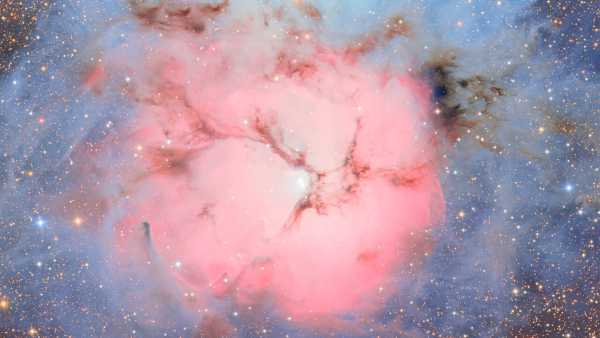
Rubin Observatory Releases Detailed Image of 'Sweet' Nebula: Photo of the Week
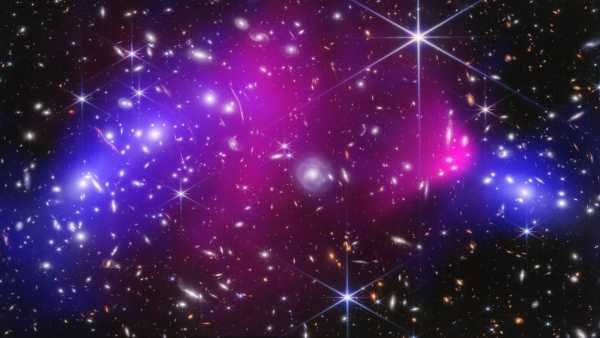
JWST Discovers Unique Galaxies in the Bullet Cluster: Astro News
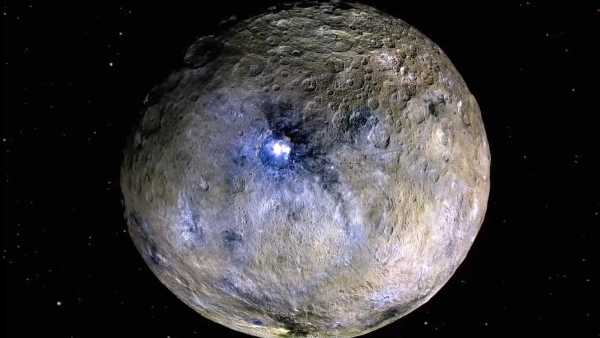
NASA: Ceres Has Hidden Energy Source That Could Have Facilitated the Origin of Life
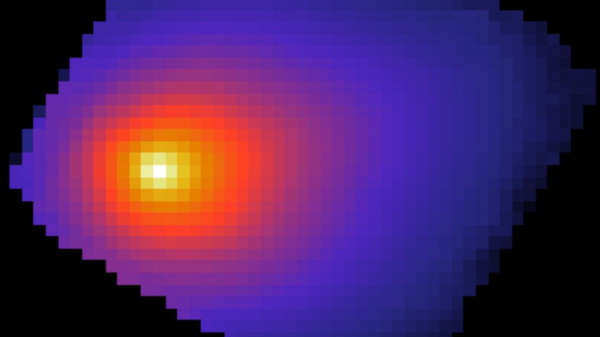
Anomalies of Interstellar Comet 3I/ATLAS: New JWST Data
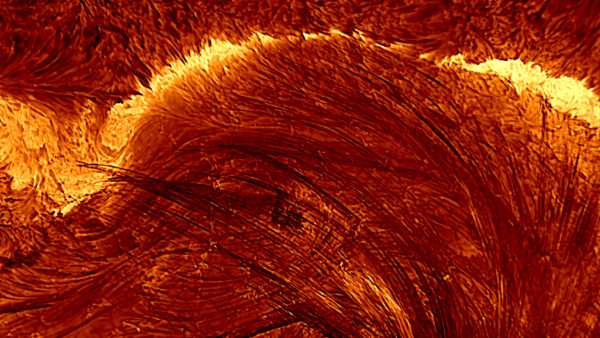
Scientists present record-high detailed image of solar flare
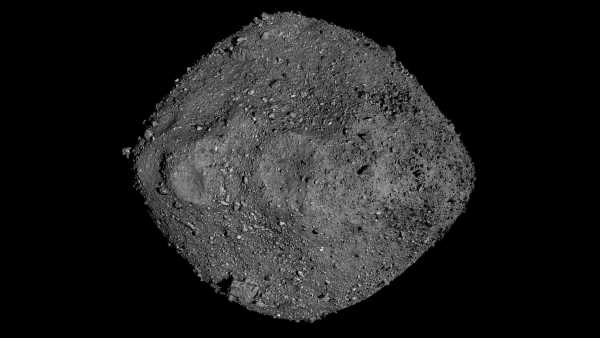
Bennu samples contain ancient dust older than the solar system
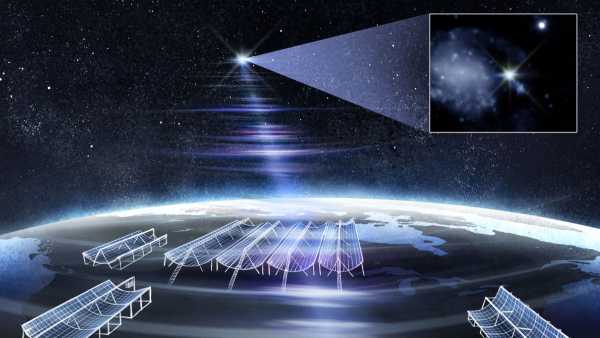
JWST Records Most Intense FRB Burst Ever Observed
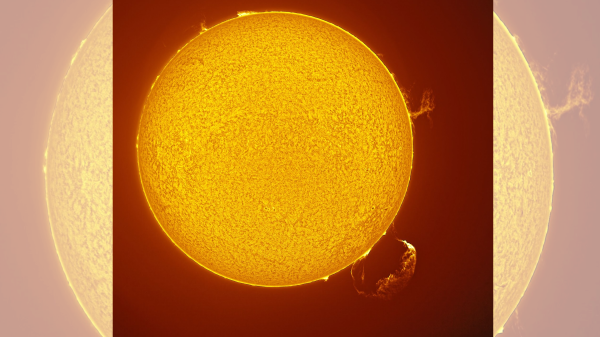
Giant Plasma Tornado Recorded on Sun: Space News
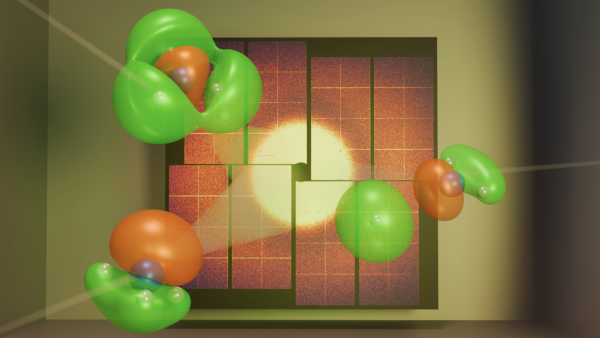
Scientists track electron movement during chemical reaction for the first time
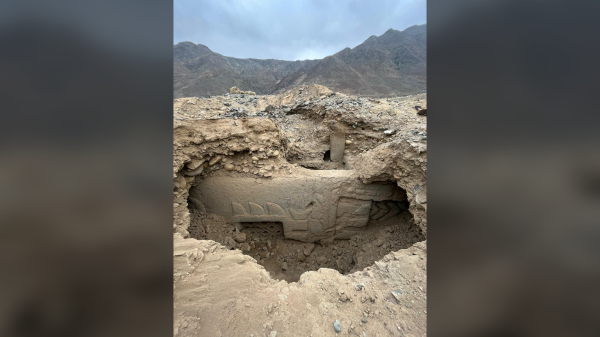
3,000-year-old polychrome fresco depicting space found in Peru
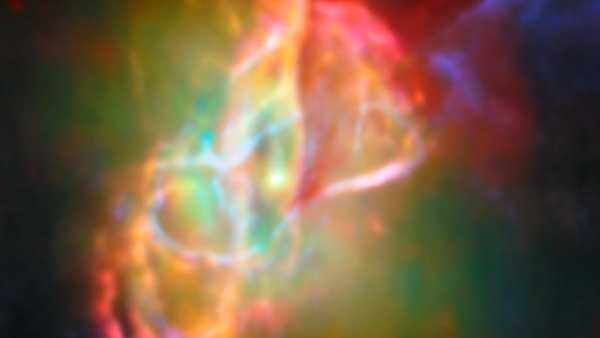
Butterfly Nebula Spreads Its Wings in New JWST Image
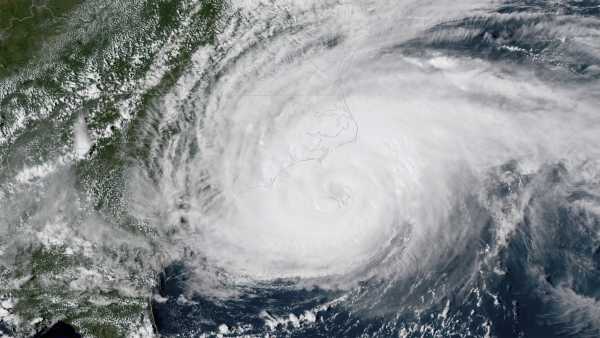
Scientists propose new Category 6 for megastorms

“Aging Clock”: A New Health Prediction Tool

Study: Hair Straighteners Still Carry Health Risks LATEST POSTS
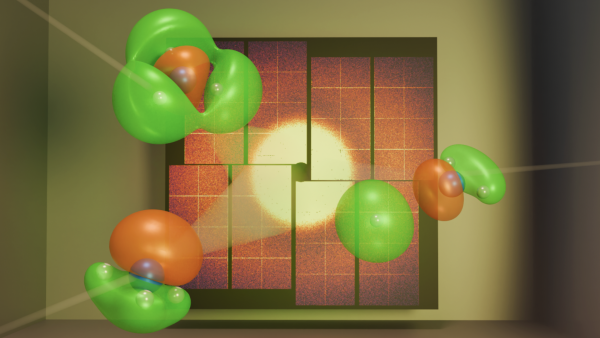
1Breakthrough: Scientists track the movement of an electron in a chemical reaction
Live Science is part of the media holding Future US Inc. Visit our website.
- About Us
- Contacts
- Terms and Conditions
- Confidentiality
- Cookies
- Availability
- Advertising
- Notifications
- Career
- Standards
- To the authors
© Future US, Inc. 130 West 42nd Street, New York, NY 10036.
Sourse: www.livescience.com



